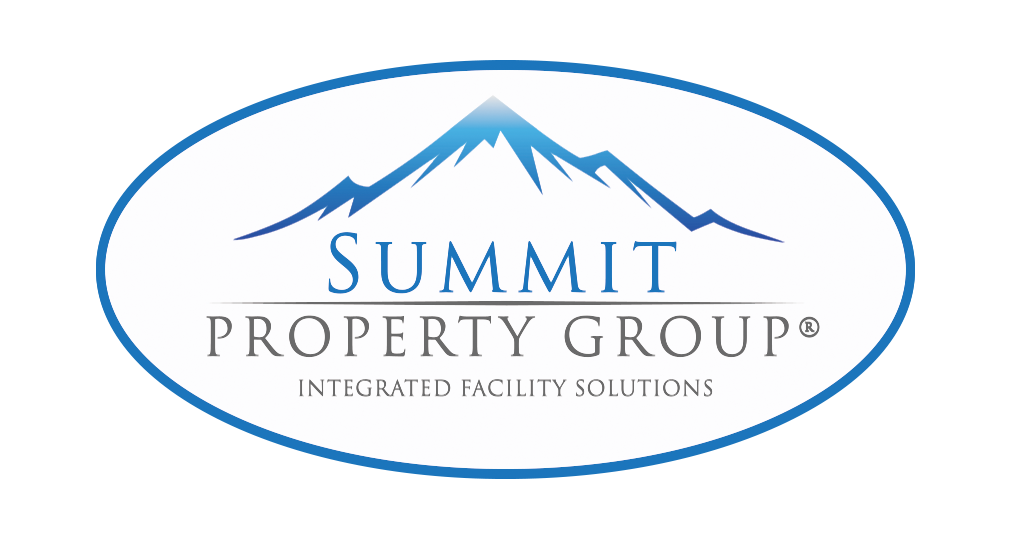In the business world, multifaceted situational awareness consists of various practices and behaviours that collectively ensure organizational success. Understanding the dynamic business environment necessitates the ability to perceive, comprehend, and adapt. This awareness can show up in various forms, ranging from fully grasping one’s immediate environment to recognizing a business’s place within its industry and the global economy.
So, you might ask yourself, how do I improve my situational awareness?
Make Situational Awareness a Core Business Value

To create a thriving and resilient business environment, it’s crucial to make situational awareness a fundamental principle in your organization. This goes beyond just talking about it and involves a genuine commitment to a comprehensive approach that benefits franchisees and their teams.
Franchisees, who are the backbone of your business network, should be motivated and equipped to run their operations at their very best. Encourage them not only to excel in their day-to-day activities but also to actively share valuable insights about their competitors. Exchanging information can significantly drive continuous improvement within a franchise network. Through collaboration and knowledge-sharing, franchisees can strengthen their collective strategies and capitalize on market opportunities.
Effective situational awareness encompasses three key components:
- Perception: The crucial process of collecting data from market research, customer feedback, industry reports, and analytics is required. Understanding the significance of data points in the bigger picture necessitates a sharp focus.
- Comprehension: Once the information is gathered, it must be analyzed and synthesized to discern patterns, trends, and potential implications. This step involves connecting the dots and deriving actionable insights from the available data.
- Projection: Armed with a clear understanding of the present situation, businesses must anticipate future developments and assess their potential impact. This forward-looking perspective enables proactive decision-making and agile responses to changing circumstances.
Incorporate Situational Awareness into Leadership Meetings

The people who run the whole franchise, called franchisors, should have meetings often with their leadership teams and advisors. In these meetings, they should talk about the plan for their whole company, see how well it’s working now, and figure out what’s not going right. If they find any problems, they need to agree on what to do to make things better. In these meetings it’s crucial to focus on the bigger picture. They need to think about what’s happening in the whole company and discuss if their plan is working or if they need to make changes to how they approach things. By paying attention to what’s happening in these meetings, the company can improve and be more successful.
Incorporating situational awareness into leadership meetings can provide several advantages:
- Enhanced Decision Making: Situational awareness allows leaders to fully understand their current environment, forecast future changes, and make informed choices. Introducing the issue in meetings ensures that informed decisions are made.
- Proactive Problem Solving: Leaders equipped with situational awareness are better able to identify potential issues or challenges before they escalate. This allows them to proactively address problems, minimizing their impact on the organization.
- Improved Communication: Situational awareness promotes clear and effective communication amongst team members. By adding it into leadership meetings, leaders can guarantee that everyone is on the same page about the present situation, goals, and initiatives.
- Adaptability: Situational awareness supports leaders to respond rapidly to changing conditions. Leaders can establish adaptable plans for dealing with changing difficulties or opportunities by addressing situational updates in meetings.
- Risk Management: Leaders that are aware of their environment are better able to recognize and manage hazards. By bringing situational awareness into meetings, executives may examine possible risks and develop effective risk management approaches.
- Empowerment of Team Members: When leaders include situational awareness into meetings, they encourage team members to actively share facts and perspectives on the issue. This enables workers to take ownership of their positions and contribute meaningfully to the organization’s success.
- Strategic Alignment: Situational awareness ensures that all members of the leadership team share a common understanding of the organization’s goals and priorities. Leaders may ensure that everyone is on the same page and working toward shared goals by sharing situational updates during meetings.
- Building Trust: Openly addressing situational updates at leadership meetings promotes openness and trust among team members. When leaders are open and honest about the present situation, they increase credibility and enhance connections inside the organization.
- Continuous Improvement: Incorporating situational awareness into leadership meetings fosters an environment of continual learning and growth. By regularly discussing the current situation and evaluating the effectiveness of strategies, leaders can identify areas for improvement and implement changes to drive progress.
Understand the Results and Seek Feedback

Franchisors should seek input from franchisees in branch management. The text guarantees that all parties are informed about the company’s objectives and intended direction. This process both unifies and reveals gaps in knowledge and understanding.
Understanding the results and seeking feedback offers several advantages:
- Improved Decision-Making: With a thorough understanding of the current situation, decision-makers can effectively base their choices on real-time data and information.
- Enhanced Problem-Solving: By being aware of the situation at hand, franchisees and management can identify issues promptly and develop effective solutions in a timely manner.
- Optimized Resource Allocation: Situational awareness enables us to allocate resources efficiently by pinpointing organizational strengths and weaknesses. Allocating proper resources where they’re most needed maximizes efficiency and productivity.
- Enhanced Customer Satisfaction: Adapting to customer feedback and market trends, franchises customize their offerings to exceed evolving customer needs and expectations, boosting satisfaction and loyalty.
- Employee Empowerment: Encouraging employees to participate in feedback and share their thoughts generates a feeling of ownership and empowers them, resulting in higher motivation and engagement.
Asses the Competitor Landscape

Evaluating competitors’ moves and strategies is crucial in this process. By anticipating industry shifts and identifying emerging trends, franchisors can stay ahead of the curve with this practice. Go beyond monitoring immediate competitors; grasp the whole market landscape. By examining the competitive landscape of the industry, franchisors can find opportunities to fill market gaps and secure a competitive advantage.
This analysis sets the foundation for formulating business strategies that address present market trends and assure future prosperity for the franchise. The competitive landscape requires ongoing evaluation. Continuous monitoring and analysis are essential. Effective strategies in markets can change rapidly. Franchisors should foster a culture of continuous learning and adaptation.
Assessing the competitor landscape is crucial for situational awareness in business, providing several advantages:
- Identification of Market Trends: By analyzing competitors, businesses can spot emerging trends in their industry, enabling them to adapt their strategies proactively.
- Understanding Customer Preferences: By examining competitors’ offerings, insights into customer preferences can be gained, guiding your product development and marketing initiatives.
- Benchmarking Performance: Comparing your business against competitors allows you to benchmark performance metrics such as market share, pricing strategies, product quality, and customer satisfaction, helping to identify areas for improvement.
- Innovation Insights: Analyzing competitors’ products, services, and strategies can inspire innovation within your own organization, helping you stay ahead of the curve and maintain a competitive edge.
- Price Positioning: Understanding how competitors price their products or services helps in setting competitive prices that attract customers while maintaining profitability.
- Exploiting Competitor Weaknesses: Identifying gaps or weaknesses in competitors’ offerings presents opportunities to capitalize on these shortcomings and gain market share.
- Strategic Decision Making: Insights gained from assessing the competitor landscape inform strategic decision-making processes, such as market entry strategies, expansion plans, or product diversification efforts.
- Enhanced Marketing Strategies: By analyzing competitors’ marketing tactics and messaging, businesses can refine their own marketing strategies to better resonate with target audiences and differentiate themselves from competitors.
- Customer Acquisition and Retention: Understanding the strategies employed by competitors to acquire and retain customers can help in devising more effective customer acquisition and retention strategies.
- Partnership Opportunities: Identifying complimentary or non-competitive enterprises in the competitors environment can lead to possible collaboration possibilities, allowing for mutual growth and development.
As we end exploring the topic of situational awareness in business, it is clear that learning such an ability is essential for navigating the complicated environment of modern business. At Summit Property Group, we are committed to cultivating a culture of keen awareness that allows us to adapt, develop, and prosper in the face of ever changing difficulties. With a strong eye on the present and a strategic vision for the future, we’re ready to seize opportunities and overcome challenges, guaranteeing long-term success for ourselves and our valued partners. Let us continue to strengthen our situational awareness, paving the way for increased resilience and profitability in today’s fast-paced corporate world.

At Summit Property Group, we pride ourselves on delivering unparalleled maintenance services that stand out as the very best in the industry.
CLICK HERE to book our services now!

